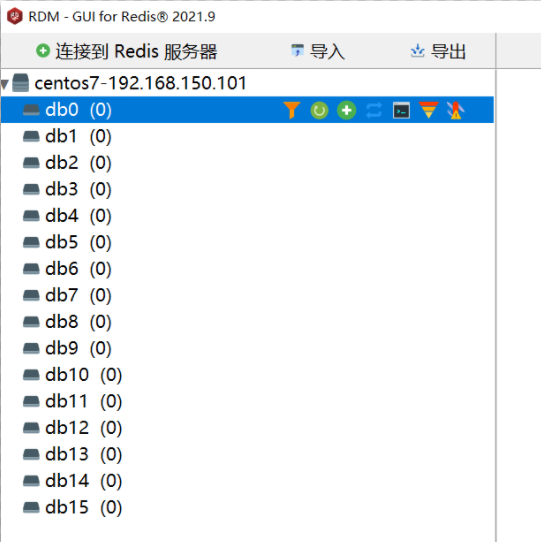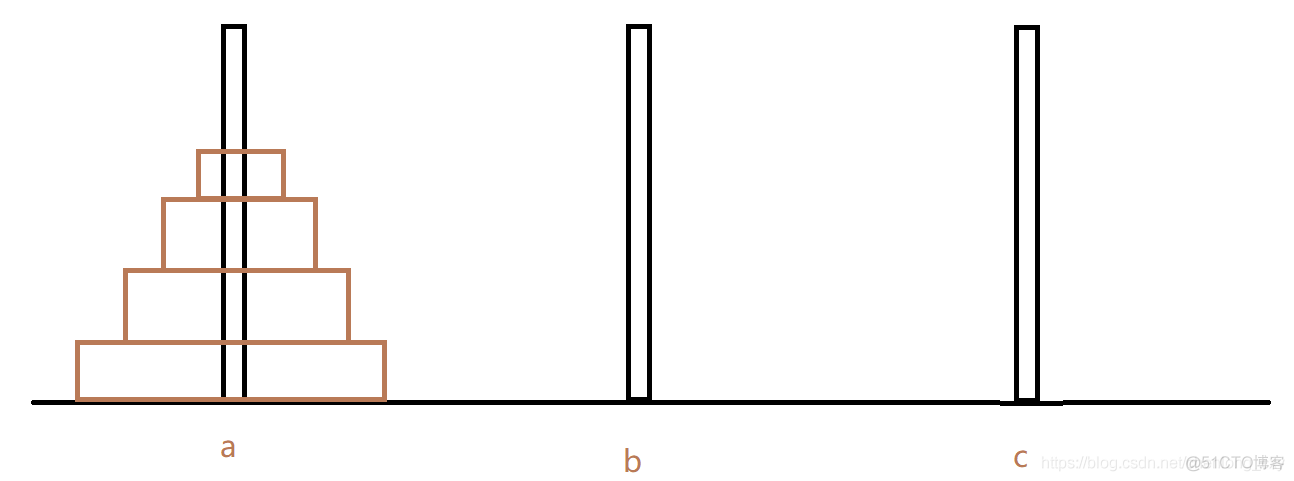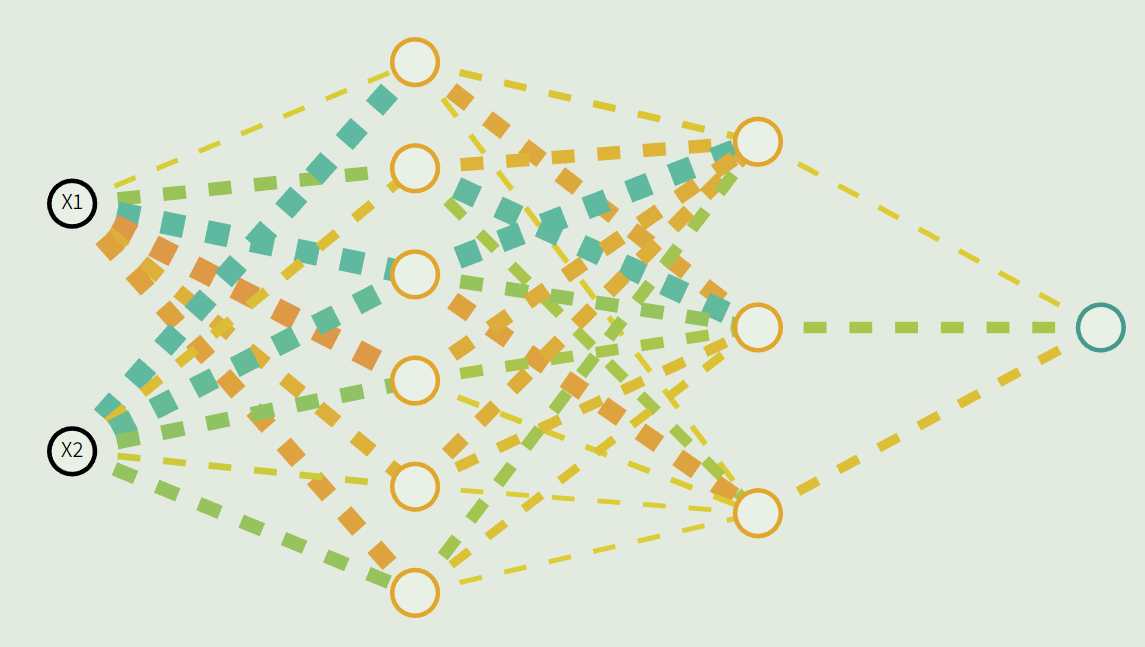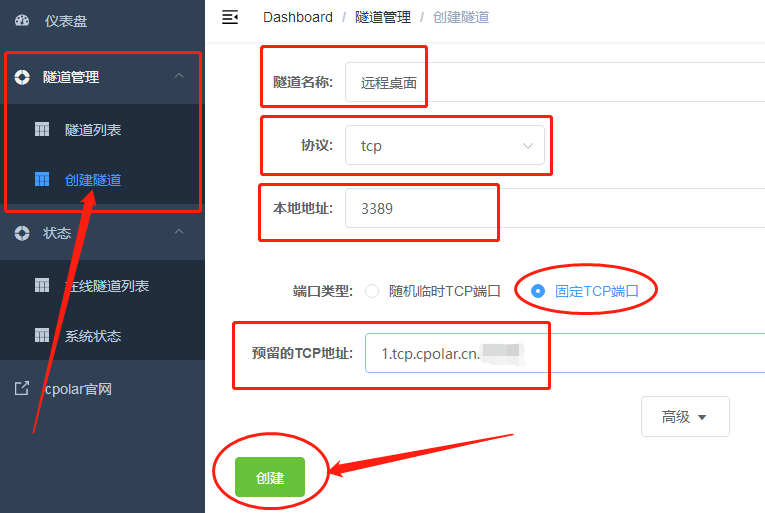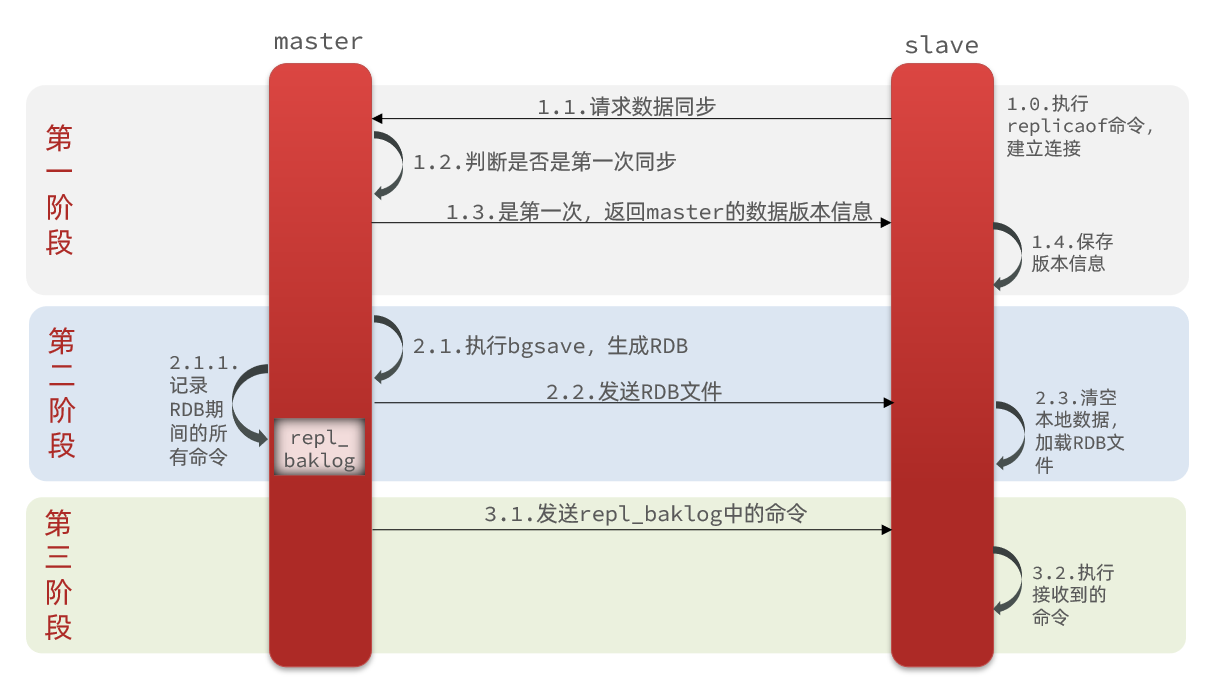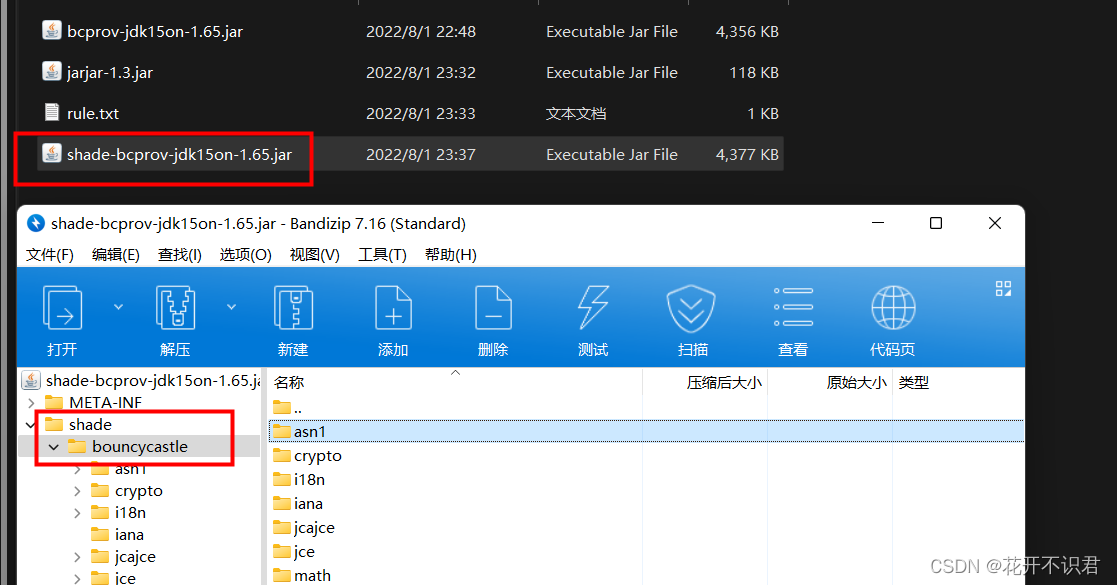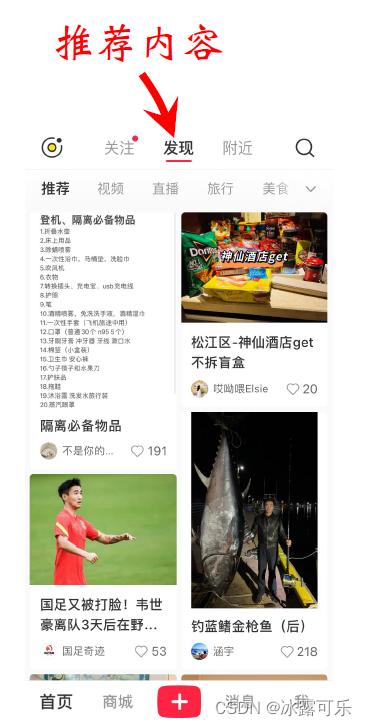简介
cache2go 是非常简短的 go 开源项目了,很适合作为第一个读源码项目。
如果你有一定的 go 开发经验,读起来会感觉到比较容易。
如果你刚刚接触 go 语音,基础知识还不完全了解,希望阅读本文时,遇到一个不会的知识点,去攻克一个,带着为了看懂本文源码的目的去学习基础知识。比如:
- time.Timer
- defer
- sync.RWMutex
作者这样介绍:Concurrency-safe golang caching library with expiration capabilities,简单来说就是具有过期功能的并发安全 golang 缓存库,因此它具有两大特性:
- 并发安全
- 自动过期
项目结构
该项目非常简单,全部逻辑由三个文件实现:
- cache.go:缓存多个表。
- cachetable.go:缓存一个表。
- cacheitem.go:缓存表中的一个条目。
数据结构图: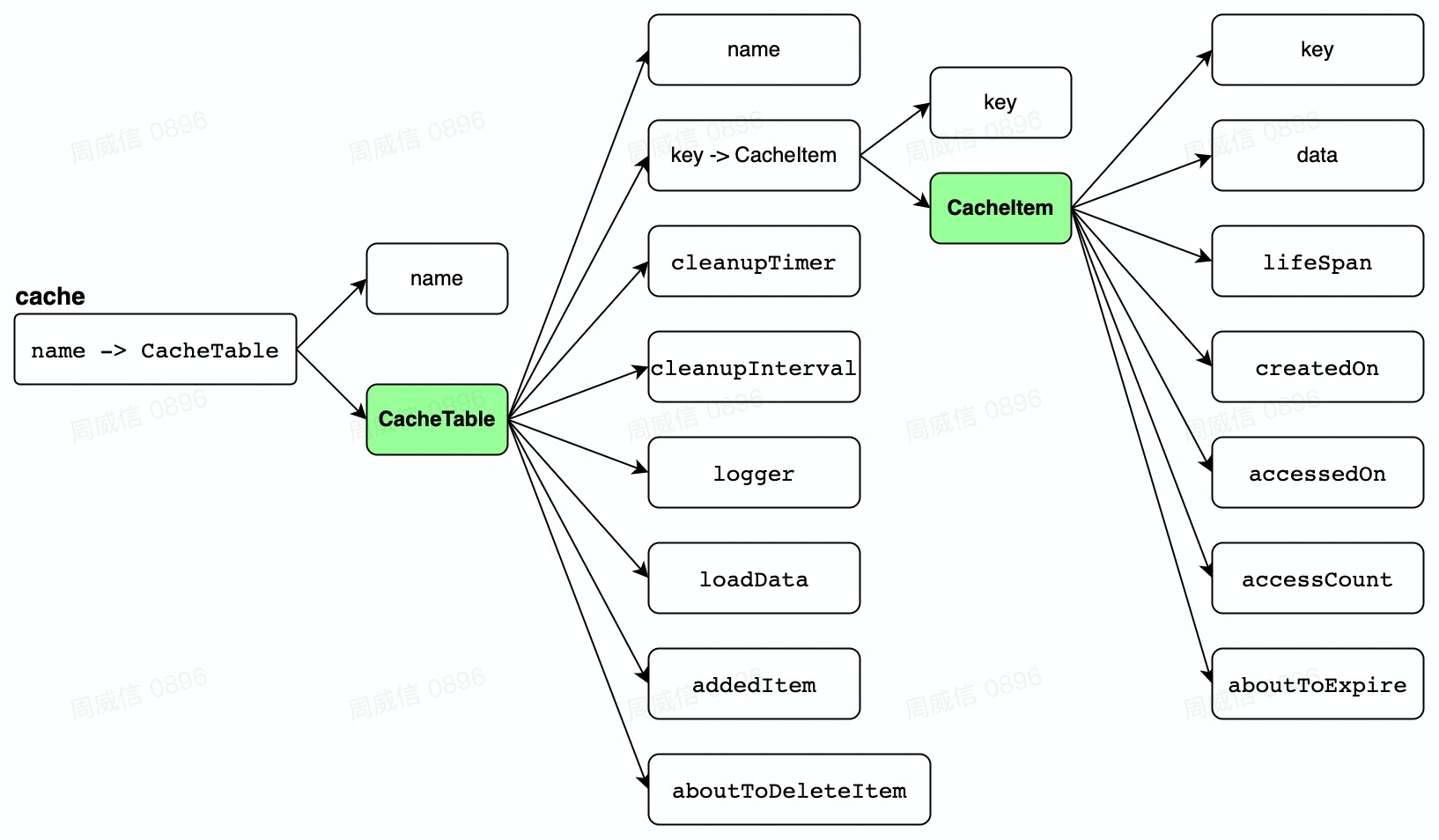
接下来会自下而上地分析源码。
cacheitem.go
该文件中包含两块重要内容:
- 结构体 CacheItem,用来缓存表中的一个条目。
- 函数 NewCacheItem,用来创建 CacheItem 实例。
CacheItem
CacheItem 用来缓存表中的一个条目,属性解释:
- sync.RWMutex:读写锁,保证并发读写安全。
- key:键。
- value:值,即数据。
- lifeSpan:该条目的存活周期,即过期时间。
- createdOn:创建时间。
- accessedOn:上次访问时间。
- accessCount:访问次数。
- aboutToExpire:从缓存中删除项目之前触发的回调方法,可以在删除之前做一些自定义操作。
源码如下:
// CacheItem is an individual cache item
// Parameter data contains the user-set value in the cache.
type CacheItem struct {
sync.RWMutex
// The item's key.
key interface{}
// The item's data.
data interface{}
// How long will the item live in the cache when not being accessed/kept alive.
lifeSpan time.Duration
// Creation timestamp.
createdOn time.Time
// Last access timestamp.
accessedOn time.Time
// How often the item was accessed.
accessCount int64
// Callback method triggered right before removing the item from the cache
aboutToExpire []func(key interface{})
}
Get 方法
下面是一些比较简单的 Get 方法,一些有写场景的属性会多两行获取锁与释放锁的代码。
// LifeSpan returns this item's expiration duration.
func (item *CacheItem) LifeSpan() time.Duration {
// immutable
return item.lifeSpan
}
// AccessedOn returns when this item was last accessed.
func (item *CacheItem) AccessedOn() time.Time {
item.RLock()
defer item.RUnlock()
return item.accessedOn
}
// CreatedOn returns when this item was added to the cache.
func (item *CacheItem) CreatedOn() time.Time {
// immutable
return item.createdOn
}
// AccessCount returns how often this item has been accessed.
func (item *CacheItem) AccessCount() int64 {
item.RLock()
defer item.RUnlock()
return item.accessCount
}
// Key returns the key of this cached item.
func (item *CacheItem) Key() interface{} {
// immutable
return item.key
}
// Data returns the value of this cached item.
func (item *CacheItem) Data() interface{} {
// immutable
return item.data
}
KeepAlive
保活函数:
- 前两行代码表示:加锁保证并发安全读写。
- 后两行代码表示:当被访问时,更新访问时间,同时访问次数加 1。
// KeepAlive marks an item to be kept for another expireDuration period.
func (item *CacheItem) KeepAlive() {
item.Lock()
defer item.Unlock()
item.accessedOn = time.Now()
item.accessCount++
}
AddAboutToExpireCallback
新增回调函数,回调函数无返回值,仅有一个参数 interface{},即支持任意的参数。
// AddAboutToExpireCallback appends a new callback to the AboutToExpire queue
func (item *CacheItem) AddAboutToExpireCallback(f func(interface{})) {
item.Lock()
defer item.Unlock()
item.aboutToExpire = append(item.aboutToExpire, f)
}
SetAboutToExpireCallback
设置回调函数需要完全替代,不同于新增,需要先清空,再覆盖。
// SetAboutToExpireCallback configures a callback, which will be called right
// before the item is about to be removed from the cache.
func (item *CacheItem) SetAboutToExpireCallback(f func(interface{})) {
if len(item.aboutToExpire) > 0 {
item.RemoveAboutToExpireCallback()
}
item.Lock()
defer item.Unlock()
item.aboutToExpire = append(item.aboutToExpire, f)
}
RemoveAboutToExpireCallback
通过直接置空,删除所有的回调函数。
// RemoveAboutToExpireCallback empties the about to expire callback queue
func (item *CacheItem) RemoveAboutToExpireCallback() {
item.Lock()
defer item.Unlock()
item.aboutToExpire = nil
}
NewCacheItem
创建 CacheItem 实例
func NewCacheItem(key interface{}, lifeSpan time.Duration, data interface{}) *CacheItem {
t := time.Now()
return &CacheItem{
key: key,
lifeSpan: lifeSpan,
createdOn: t,
accessedOn: t,
accessCount: 0,
aboutToExpire: nil,
data: data,
}
}
cachetable.go
该文件中总共有 3 个类:CacheTable、CacheItemPair 和 CacheItemPairList。
下面由简单到复杂逐个分析。
CacheItemPair
CacheItemPair 用来记录缓存访问的次数。
// CacheItemPair maps key to access counter
type CacheItemPair struct {
Key interface{}
AccessCount int64
}
CacheItemPairList
CacheItemPairList 是 CacheItemPair 的切片,通过实现方法 Swap、Len 和 Less 实现了 sort.Interface,支持排序。
需要注意方法 Less 的实现,是元素 i 大于元素 j,这种实现是为了降序排序。降序排序是为了方法 CacheTable.MostAccessed 返回访问次数最多的条目列表。
// CacheItemPairList is a slice of CacheItemPairs that implements sort.
// Interface to sort by AccessCount.
type CacheItemPairList []CacheItemPair
func (p CacheItemPairList) Swap(i, j int) { p[i], p[j] = p[j], p[i] }
func (p CacheItemPairList) Len() int { return len(p) }
func (p CacheItemPairList) Less(i, j int) bool { return p[i].AccessCount > p[j].AccessCount }
CacheTable
CacheTable 用来缓存一个表,属性解释:
- sync.RWMutex:读写锁,保证并发读写安全。
- name:表名。
- items:表中的条目列表。
- cleanupTimer:过期清除定时器。
- cleanupInterval:过期清除的时间。
- logger:打印日志的对象。
- loadData:读取不存在 key 的回调函数,可以用来做初始化缓存的逻辑。
- addedItem:新增条目时的回调函数,增加灵活性。
- aboutToDeleteItem:删除条目前的回调函数,增加灵活性。
源码如下:
// CacheTable is a table within the cache
type CacheTable struct {
sync.RWMutex
// The table's name.
name string
// All cached items.
items map[interface{}]*CacheItem
// Timer responsible for triggering cleanup.
cleanupTimer *time.Timer
// Current timer duration.
cleanupInterval time.Duration
// The logger used for this table.
logger *log.Logger
// Callback method triggered when trying to load a non-existing key.
loadData func(key interface{}, args ...interface{}) *CacheItem
// Callback method triggered when adding a new item to the cache.
addedItem []func(item *CacheItem)
// Callback method triggered before deleting an item from the cache.
aboutToDeleteItem []func(item *CacheItem)
}
下面会先介绍核心方法,再看简单的方法。
Add 新增条目
代码逻辑通过流程图描述了一下,其中的「过期检查」单独抽出来后面分析。

NotFoundAdd 和 Add 核心逻辑是一样的,具体区别不做额外描述,源代码如下:
// Add adds a key/value pair to the cache.
// Parameter key is the item's cache-key.
// Parameter lifeSpan determines after which time period without an access the item
// will get removed from the cache.
// Parameter data is the item's value.
func (table *CacheTable) Add(key interface{}, lifeSpan time.Duration, data interface{}) *CacheItem {
item := NewCacheItem(key, lifeSpan, data)
// Add item to cache.
table.Lock()
table.addInternal(item)
return item
}
func (table *CacheTable) addInternal(item *CacheItem) {
// Careful: do not run this method unless the table-mutex is locked!
// It will unlock it for the caller before running the callbacks and checks
table.log("Adding item with key", item.key, "and lifespan of", item.lifeSpan, "to table", table.name)
table.items[item.key] = item
// Cache values so we don't keep blocking the mutex.
expDur := table.cleanupInterval
addedItem := table.addedItem
table.Unlock()
// Trigger callback after adding an item to cache.
if addedItem != nil {
for _, callback := range addedItem {
callback(item)
}
}
// If we haven't set up any expiration check timer or found a more imminent item.
if item.lifeSpan > 0 && (expDur == 0 || item.lifeSpan < expDur) {
table.expirationCheck()
}
}
// NotFoundAdd checks whether an item is not yet cached. Unlike the Exists
// method this also adds data if the key could not be found.
func (table *CacheTable) NotFoundAdd(key interface{}, lifeSpan time.Duration, data interface{}) bool {
table.Lock()
if _, ok := table.items[key]; ok {
table.Unlock()
return false
}
item := NewCacheItem(key, lifeSpan, data)
table.addInternal(item)
return true
}
expirationCheck 过期检查
过期检查的处理,是一个值得学习的点,这里并不是我们印象中用循环定期扫描哪些 key 过期了,也不是给每个条目分别定义一个定时器。
每次新增条目时,扫描得到最近过期条目的过期时间,仅定义一个定时器。该定时器触发时清除缓存,并生成下一个定时器,如此接力处理。
过期检查中会调用方法 table.deleteInternal 来清除过期的 key,这块儿在讲 Delete 方法时会再详细分析。

// Expiration check loop, triggered by a self-adjusting timer.
func (table *CacheTable) expirationCheck() {
table.Lock()
if table.cleanupTimer != nil {
table.cleanupTimer.Stop()
}
if table.cleanupInterval > 0 {
table.log("Expiration check triggered after", table.cleanupInterval, "for table", table.name)
} else {
table.log("Expiration check installed for table", table.name)
}
// To be more accurate with timers, we would need to update 'now' on every
// loop iteration. Not sure it's really efficient though.
now := time.Now()
smallestDuration := 0 * time.Second
for key, item := range table.items {
// Cache values so we don't keep blocking the mutex.
item.RLock()
lifeSpan := item.lifeSpan
accessedOn := item.accessedOn
item.RUnlock()
if lifeSpan == 0 {
continue
}
if now.Sub(accessedOn) >= lifeSpan {
// Item has excessed its lifespan.
table.deleteInternal(key)
} else {
// Find the item chronologically closest to its end-of-lifespan.
if smallestDuration == 0 || lifeSpan-now.Sub(accessedOn) < smallestDuration {
smallestDuration = lifeSpan - now.Sub(accessedOn)
}
}
}
// Setup the interval for the next cleanup run.
table.cleanupInterval = smallestDuration
if smallestDuration > 0 {
table.cleanupTimer = time.AfterFunc(smallestDuration, func() {
go table.expirationCheck()
})
}
table.Unlock()
}
Delete 方法
从流程图可以看出,这块儿大部分逻辑是在加锁、释放锁,有这么多锁主要是有如下几个原因:
- 一部分是表级别的,一部分是条目级别的;
- 表级别锁出现两次获取与释放,这种实现主要是考虑到 deleteInternal 的复用性,同时支持 Delete 和 expirationCheck 的调用,做了一些锁回溯的逻辑。思考:假如 Mutex 是可重入锁,是不是不需要回溯处理了?

// Delete an item from the cache.
func (table *CacheTable) Delete(key interface{}) (*CacheItem, error) {
table.Lock()
defer table.Unlock()
return table.deleteInternal(key)
}
func (table *CacheTable) deleteInternal(key interface{}) (*CacheItem, error) {
r, ok := table.items[key]
if !ok {
return nil, ErrKeyNotFound
}
// Cache value so we don't keep blocking the mutex.
aboutToDeleteItem := table.aboutToDeleteItem
table.Unlock()
// Trigger callbacks before deleting an item from cache.
if aboutToDeleteItem != nil {
for _, callback := range aboutToDeleteItem {
callback(r)
}
}
r.RLock()
defer r.RUnlock()
if r.aboutToExpire != nil {
for _, callback := range r.aboutToExpire {
callback(key)
}
}
table.Lock()
table.log("Deleting item with key", key, "created on", r.createdOn, "and hit", r.accessCount, "times from table", table.name)
delete(table.items, key)
return r, nil
}
Value 取值
取值本身是比较简单的,只不过这里要进行一些额外处理:
- 取不值时,是否有自定义逻辑,比如降级查询后缓存进去。
- 取到值时,更新访问时间,达到保活的目的。

// Value returns an item from the cache and marks it to be kept alive. You can
// pass additional arguments to your DataLoader callback function.
func (table *CacheTable) Value(key interface{}, args ...interface{}) (*CacheItem, error) {
table.RLock()
r, ok := table.items[key]
loadData := table.loadData
table.RUnlock()
if ok {
// Update access counter and timestamp.
r.KeepAlive()
return r, nil
}
// Item doesn't exist in cache. Try and fetch it with a data-loader.
if loadData != nil {
item := loadData(key, args...)
if item != nil {
table.Add(key, item.lifeSpan, item.data)
return item, nil
}
return nil, ErrKeyNotFoundOrLoadable
}
return nil, ErrKeyNotFound
}
MostAccessed 最常访问的条目
这个方法用到了前文提到的 CacheItemPair 和 CacheItemPairList。
- 首先遍历条目,取出 key 和 accessCount 存储到 p 中,用来排序;
- 接着用有序的 p 映射出所有条目的顺序,返回有序的条目。
// MostAccessed returns the most accessed items in this cache table
func (table *CacheTable) MostAccessed(count int64) []*CacheItem {
table.RLock()
defer table.RUnlock()
p := make(CacheItemPairList, len(table.items))
i := 0
for k, v := range table.items {
p[i] = CacheItemPair{k, v.accessCount}
i++
}
sort.Sort(p)
var r []*CacheItem
c := int64(0)
for _, v := range p {
if c >= count {
break
}
item, ok := table.items[v.Key]
if ok {
r = append(r, item)
}
c++
}
return r
}
Foreach 方法
为开发者提供更加丰富的自定义操作。
// Foreach all items
func (table *CacheTable) Foreach(trans func(key interface{}, item *CacheItem)) {
table.RLock()
defer table.RUnlock()
for k, v := range table.items {
trans(k, v)
}
}
清空缓存
清空缓存的方法比较简单,一方面是数据的清空,另一方面是定时器的清空。
// Flush deletes all items from this cache table.
func (table *CacheTable) Flush() {
table.Lock()
defer table.Unlock()
table.log("Flushing table", table.name)
table.items = make(map[interface{}]*CacheItem)
table.cleanupInterval = 0
if table.cleanupTimer != nil {
table.cleanupTimer.Stop()
}
}
查询相关方法
Count 和 Exists 方法是比较简单的,不用多说。
// Count returns how many items are currently stored in the cache.
func (table *CacheTable) Count() int {
table.RLock()
defer table.RUnlock()
return len(table.items)
}
// Exists returns whether an item exists in the cache. Unlike the Value method
// Exists neither tries to fetch data via the loadData callback nor does it
// keep the item alive in the cache.
func (table *CacheTable) Exists(key interface{}) bool {
table.RLock()
defer table.RUnlock()
_, ok := table.items[key]
return ok
}
Set 相关方法
下面这些 Set 方法比较简单,也不多做赘述。
// SetDataLoader configures a data-loader callback, which will be called when
// trying to access a non-existing key. The key and 0...n additional arguments
// are passed to the callback function.
func (table *CacheTable) SetDataLoader(f func(interface{}, ...interface{}) *CacheItem) {
table.Lock()
defer table.Unlock()
table.loadData = f
}
// SetAddedItemCallback configures a callback, which will be called every time
// a new item is added to the cache.
func (table *CacheTable) SetAddedItemCallback(f func(*CacheItem)) {
if len(table.addedItem) > 0 {
table.RemoveAddedItemCallbacks()
}
table.Lock()
defer table.Unlock()
table.addedItem = append(table.addedItem, f)
}
//AddAddedItemCallback appends a new callback to the addedItem queue
func (table *CacheTable) AddAddedItemCallback(f func(*CacheItem)) {
table.Lock()
defer table.Unlock()
table.addedItem = append(table.addedItem, f)
}
// SetAboutToDeleteItemCallback configures a callback, which will be called
// every time an item is about to be removed from the cache.
func (table *CacheTable) SetAboutToDeleteItemCallback(f func(*CacheItem)) {
if len(table.aboutToDeleteItem) > 0 {
table.RemoveAboutToDeleteItemCallback()
}
table.Lock()
defer table.Unlock()
table.aboutToDeleteItem = append(table.aboutToDeleteItem, f)
}
// AddAboutToDeleteItemCallback appends a new callback to the AboutToDeleteItem queue
func (table *CacheTable) AddAboutToDeleteItemCallback(f func(*CacheItem)) {
table.Lock()
defer table.Unlock()
table.aboutToDeleteItem = append(table.aboutToDeleteItem, f)
}
// SetLogger sets the logger to be used by this cache table.
func (table *CacheTable) SetLogger(logger *log.Logger) {
table.Lock()
defer table.Unlock()
table.logger = logger
}
删除相关方法
过于简单,不做赘述
// RemoveAddedItemCallbacks empties the added item callback queue
func (table *CacheTable) RemoveAddedItemCallbacks() {
table.Lock()
defer table.Unlock()
table.addedItem = nil
}
// RemoveAboutToDeleteItemCallback empties the about to delete item callback queue
func (table *CacheTable) RemoveAboutToDeleteItemCallback() {
table.Lock()
defer table.Unlock()
table.aboutToDeleteItem = nil
}
cache.go
Cache 函数是该缓存库的入口函数,该函数存在一段双检逻辑,需要特别了解下原因:
- mutex.Lock() 获取锁过程中,可能另一协程已经完成了初始化。因此,需要再次校验。
// Cache returns the existing cache table with given name or creates a new one
// if the table does not exist yet.
func Cache(table string) *CacheTable {
mutex.RLock()
t, ok := cache[table]
mutex.RUnlock()
if !ok {
mutex.Lock()
t, ok = cache[table]
// Double check whether the table exists or not.
if !ok {
t = &CacheTable{
name: table,
items: make(map[interface{}]*CacheItem),
}
cache[table] = t
}
mutex.Unlock()
}
return t
}
examples
样例也比较简单,读者可以自行阅读下。

